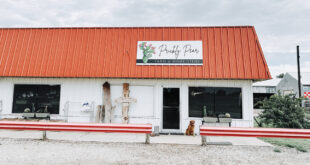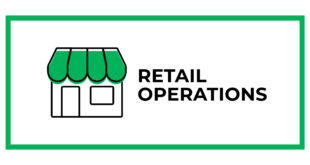The variance in profit between a typical and high-profit store is $100,000. You have an opportunity to grow your store’s profit by understanding how your business compares to other operations in the industry.
“Every business needs to know the benchmarks within their industry, whether you sell groceries or lumber,” says Gary Copp, CEO of Carson City Lumber in Carson City, Michigan. “You need to know how you compare to stores in the same sector with similar sales volumes.”
To benchmark his business against industry financial averages, Copp has been using the North American Retail Hardware Association’s (NRHA) annual Cost of Doing Business Study since the 1970s. He uses it to evaluate operational elements of his business, such as staffing efficiency.
“We use the Cost of Doing Business Study to analyze payroll,” Copp says. “During the recession, we used it to track how much the industry was shrinking their staff size and then after the recession, how quickly the industry was adding employees back.”
Not only does Copp reap the benefits of the study, he also participates annually by submitting his income statements and balance sheets to NRHA. The association then combines his information with financial data submitted by more than 1,000 home improvement stores and develops a benchmarking report that includes industry averages and ratios. Copp and other participants can then use this information to compare their businesses to the rest of the industry. All retailers who submit financial information not only support the industry, but also receive a toolkit of resources.
Copp is a big advocate of the study, and encourages other store owners to take full advantage of the data, and the helpful resources that accompany it.
“The tools you receive for participating are tremendous resources every retailer can use to analyze and make decisions for the business,” says Copp.
Participants get a PDF copy of the completed study and a Personalized Financial Analysis that includes ratios, what-if scenarios and other tools in an Excel document that are specifically catered to the individual’s store. The what-if scenarios include preprogrammed formulas so one can see how altering different expenses affects profit. For example, store managers can use the resource to see how decreasing payroll by 1 percent or increasing average transaction size by $1 would affect profit margin.
Using tools like this can help you make smart business decisions to take your operation to the next level. There is more than $100,000 in missed profit dollars between a typical and high-profit hardware store. Implementing changes, supported by data in the Cost of Doing Business Study, can help bridge this gap and provide more money to reinvest in your business.
To participate in the 2016 Cost of Doing Business Study, click here.
 Hardware Retailing The Industry's Source for Insights and Information
Hardware Retailing The Industry's Source for Insights and Information








